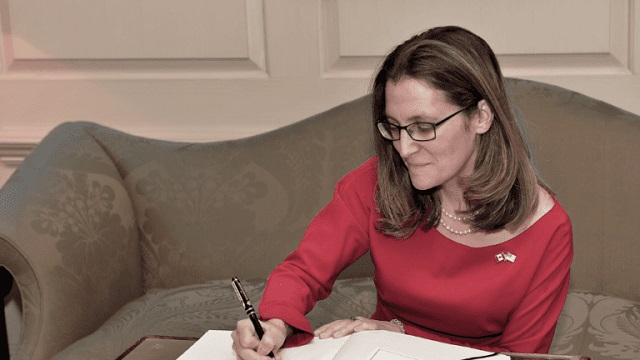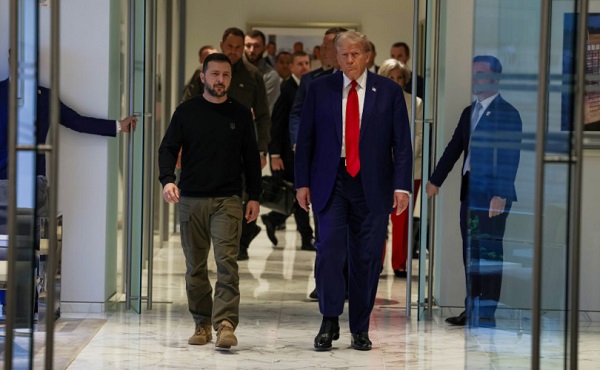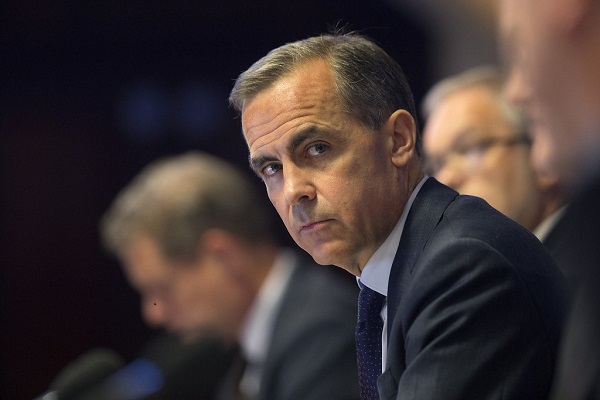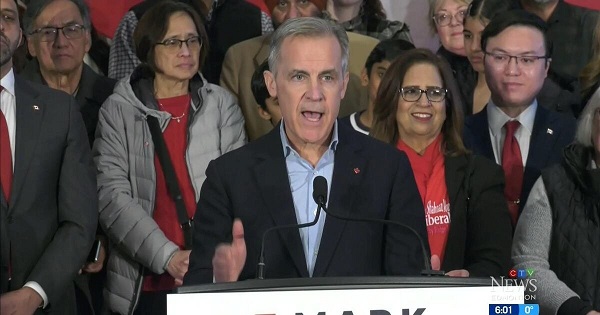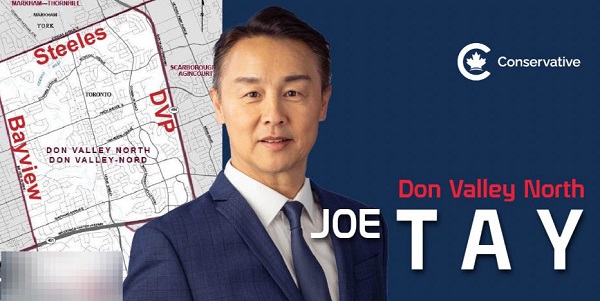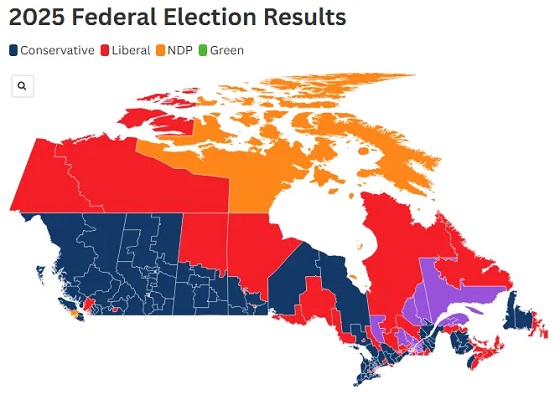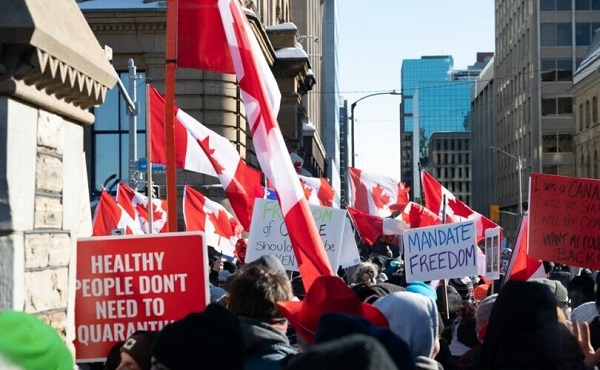Quick Hit:
During Wednesday’s Cabinet meeting, Treasury Secretary Scott Bessent said the U.S. is prepared to move forward with a minerals agreement with Ukraine. President Trump has framed the deal as a way to recover U.S. aid and establish an American presence to deter Russian threats.
Key Details:
-
Bessent confirmed during a Cabinet meeting that the U.S. is “ready to sign this afternoon,” even as Ukrainian officials introduced last-minute changes to the agreement. “We’re sure that they will reconsider that,” he added during the Cabinet discussion.
-
Ukrainian Economy Minister Yulia Svyrydenko was reportedly in Washington on Wednesday to iron out remaining details with American officials.
-
The deal is expected to outline a rare earth mineral partnership between Washington and Kyiv, with Ukrainian Armed Forces Lt. Denis Yaroslavsky calling it a potential turning point: “The minerals deal is the first step. Ukraine should sign it on an equal basis. Russia is afraid of this deal.”
Diving Deeper:
The United States is poised to sign a long-anticipated rare earth minerals agreement with Ukraine, Treasury Secretary Scott Bessent announced during a Cabinet meeting on Wednesday. According to Bessent, Ukrainians introduced “last minute changes” late Tuesday night, complicating the final phase of negotiations. Still, he emphasized the U.S. remains prepared to move forward: “We’re sure that they will reconsider that, and we are ready to sign this afternoon.”
As first reported by Ukrainian media and confirmed by multiple Ukrainian officials, Economy Minister Yulia Svyrydenko is in Washington this week for the final stages of negotiations. “We are finalizing the last details with our American colleagues,” Ukrainian Prime Minister Denys Shmyhal told Telemarathon.
The deal follows months of complex talks that nearly collapsed earlier this year. In February, President Trump dispatched top officials, including Bessent, to meet with President Volodymyr Zelensky in Ukraine to hammer out terms. According to officials familiar with the matter, Trump grew frustrated when Kyiv initially refused U.S. conditions. Still, the two sides ultimately reached what Bessent described as an “improved” version of the deal by late February.
The effort nearly fell apart again during Zelensky’s February 28th visit to the White House, where a heated Oval Office exchange between the Ukrainian president, Trump, and Vice President JD Vance led to Zelensky being removed from the building and the deal left unsigned.
Despite those setbacks, the deal appears to be back on track. While no public text of the agreement has been released, the framework is expected to center on U.S.-Ukraine cooperation in extracting rare earth minerals—resources vital to modern manufacturing, electronics, and defense technologies.
President Trump has publicly defended the arrangement as a strategic and financial win for the United States. “We want something for our efforts beyond what you would think would be acceptable, and we said, ‘rare earth, they’re very good,’” he said during the Cabinet meeting. “It’s also good for them, because you’ll have an American presence at the site and the American presence will keep a lot of bad actors out of the country—or certainly out of the area where we’re doing the digging.”
Trump has emphasized that the deal would serve as a form of “security guarantee” for Ukraine, providing a stabilizing American footprint amid ongoing Russian aggression. He framed it as a tangible return on the billions in U.S. aid sent to Kyiv since the start of Russia’s 2022 invasion.
Related
